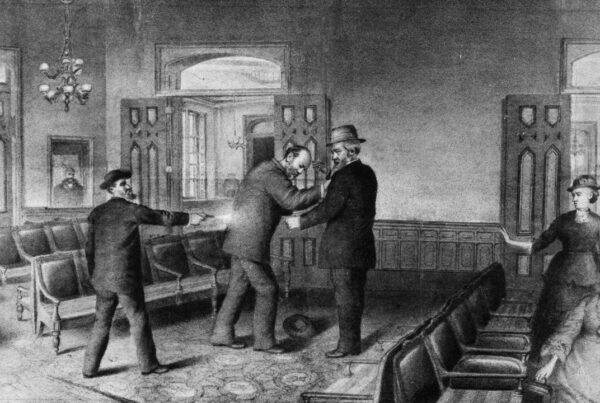Alternative Names:
Islamic Group, Gama’a al-Islamiyya, Al-Gama’at; Egyptian al-Gama’at al-Islamiyya; Islamic Gama’at; Islamic Group, Jama’a Islamia; Jammat al-Islamiyya; al Gama’at al-Islamiyya
Location:
Egypt
Leadership:
The group has had a few leaders over the years, and while a great deal of the leadership is unknown, there are a few of note. Karam Zuhdi was the leader during the assassination of Anwar Sadat in 1981, and openly expressed regret for conspiring with the Egyptian Islamic Jihad to commit the crime.
During the late 90s, the group began to splinter, one section lead by Mustafa Hamza agreed to the cease-fire. The other, being led by Rifa’i Taha Musa continued to follow the ideological stance of regime change through violence. Later Musa would sign Osama Bin Laden’s decree calling for attacks in the US.
Membership:
The group began as an Islamist student movement on Egyptian campuses. AGAI utilized its position on university campuses to attract young, unemployed graduates and students from urban areas.
Funding Sources:
Unknown
Origins:
AGAI’s roots are in the Muslim Brotherhood, which is a much older organization. The group has been active since the 1970s and has reinvented itself more than once. AGAI began to gain support in the Universities with disillusioned students who did not associate with the traditional leftist opposition to the Egyptian government.
Major Attacks:
AGAI is responsible for a number of attacks within Egypt, including the worst terror attack in Egyptian history in 1997 at Luxor. Some analysts speculate that AGAI was also involved in the assassination of President Anwar Sadat.
1992-1993: series of attacks killed dozens;
June 8, 1992: assassination of a radical Islam opponent, Farag Foda, was claimed by AGAI
September 18, 1997: ambush near the Egyptian Museum in Cairo (10 killed)
November 17, 1997: attack on a resort in Luxor killed ( 62 killed, wounded ~26)
Following these violent attacks against the Egyptian government, tourists and other targets, the main leadership began to pursue a non-violent ideological change. AIGI has largely honored the March 1999 ceasefire agreement with the Egyptian government.
Ideological Roots:
In the late 1970s the organization began to advocate change of the Egyptian government through force. AGAI is primarily an Islamist organization seeking to replace the secular government and replace it with an Islamic regime. The group utilized violence as a means to influence popular support and refused to seek a political compromise.
More recently, however, AGAI has largely renounced its violent mission, and has resorted to carrying out its goals politically and through non-violent means.
Objectives:
The primary goal of AGAI was, and to a degree continues to be, the removal of the Egyptian government and replacing it with an Islamic state.
Tactics:
In the past, AGAI attacked primarily police, government officials and sympathizers, foreign tourists and Coptic Christians. Typically, AGAI favoured attacks with firearms, although it did utilize explosives in some attacks.
AGAI have also not carried out an attack in over ten years. Most recently, they have begun to seek political identity through the Building and Development political party which held as many as 13 seats in 2011. Currently they do not have any representatives in the Egyptian House of Representatives.
However, the external wing which comprises largely of exiled Egyptians still seeks to overthrow the government through violence.
Updated on November 20, 2015







